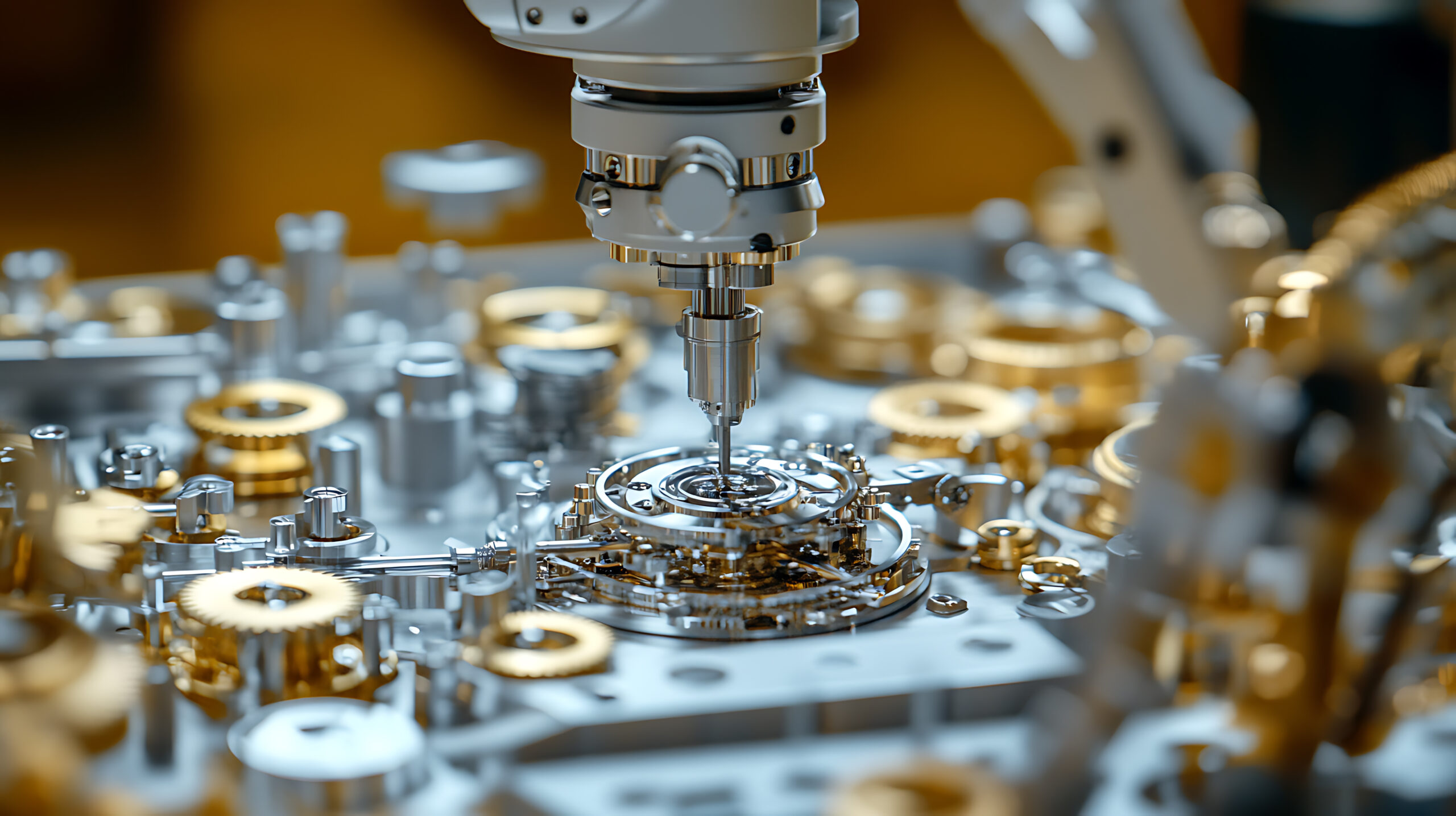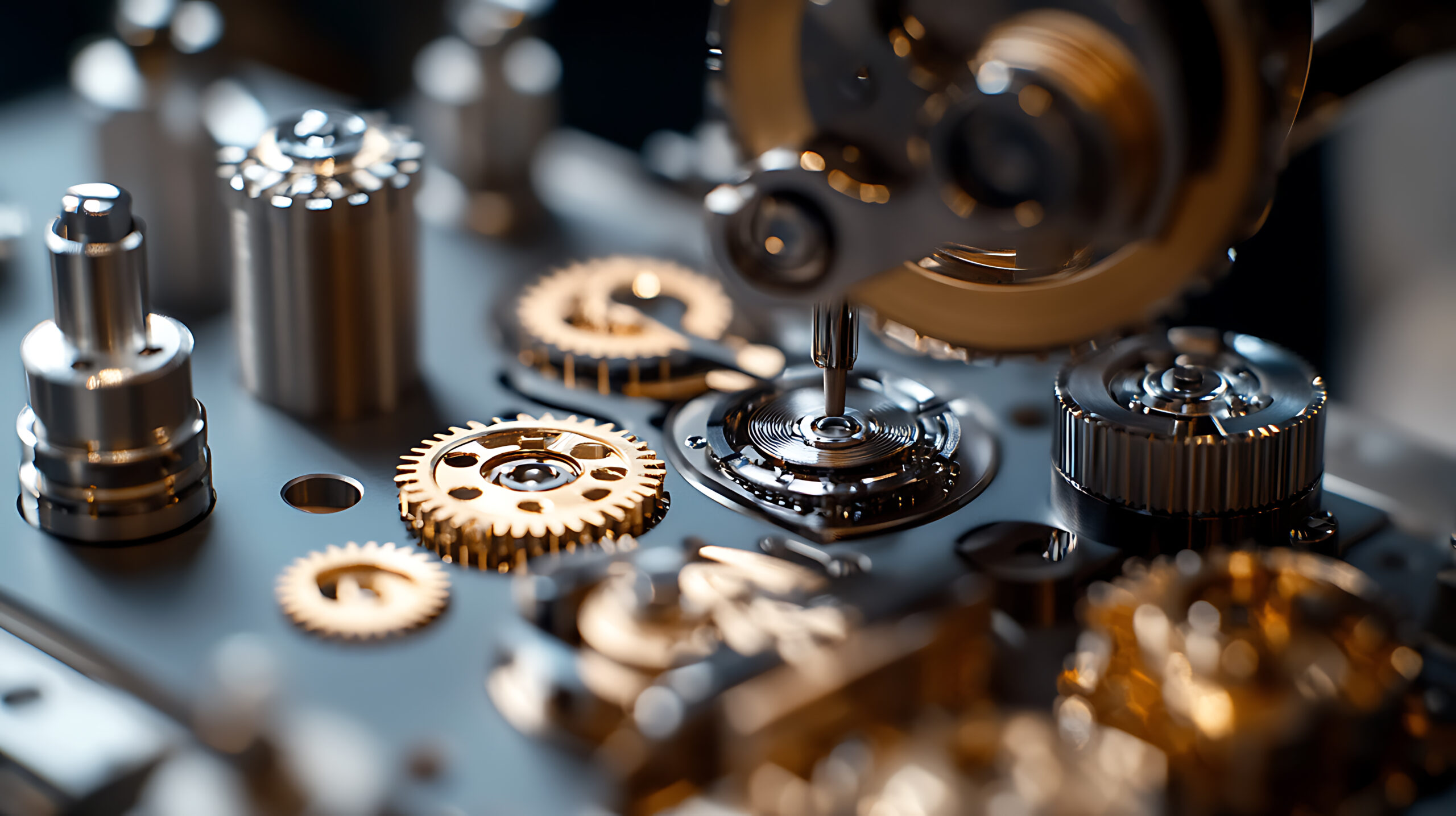Downtime and maintenance costs can drain resources, disrupt schedules, and erode a company’s competitive edge. When machinery fails unexpectedly or needs constant repair, productivity suffers and expenses rise quickly. Investing in precision components offers a practical solution by ensuring equipment runs smoothly under demanding conditions.
These components are designed and manufactured with exceptional accuracy, resulting in parts that deliver consistent performance and reliability over time. While the initial investment may seem higher, the long-term payoff comes in the form of greater efficiency, fewer costly surprises, and a stronger return on assets.
Read on to see how choosing precision components can help you cut downtime and maintenance costs while keeping your operations running at their best.

Improved Reliability and Performance
Precision matters when equipment is expected to perform without interruption. Tightly machined components make a measurable difference in system behavior, especially under pressure or continuous use. Small tolerances and exact fits reduce variability, giving machines a better chance to operate as expected every time.
For more consistent and stable equipment output, the following are the most relevant performance advantages of investing in precision components:
- Tighter part integration across assemblies: Precision parts are crafted to minimize gaps, misalignments, or forced adjustments that can strain equipment. In machining setups, tools like custom lathe tooling and balanced CAT-40 tooling ensure better repeatability and surface finishes—helping reduce vibration, heat buildup, and part rejection. Machines that rely on this level of accuracy experience fewer mechanical conflicts.
- Reduced vibration in high-demand systems: Excessive vibration often leads to premature wear, component fatigue, and noise. In industrial settings, using magnet-to-magnet non-slip couplings designed for excessive vibration can help stabilize rotating systems under load. These couplings are engineered to absorb movement without slipping, protecting shafts, seals, and surrounding parts from damage caused by persistent micro-movements.
- More stable load distribution under pressure: With accurately manufactured interfaces, components distribute force more evenly. This applies across sectors—from rotating and reciprocating machinery in manufacturing to hydrodynamic bearings used in turbines. Uneven wear becomes less common, and components work together as designed rather than against each other.
Precision-built parts allow machines to function under stress without constantly compensating for flaws. This leads to greater reliability, smoother operation, and fewer surprises in day-to-day production.
Lower Maintenance Frequency and Costs
Reducing maintenance demands is essential for controlling expenses and keeping operations on schedule. Well-made parts support smoother workflows and limit unnecessary service calls.
The following are ways precision choices help reduce maintenance frequency and costs:
- Streamlined component compatibility: Precision manufacturing ensures parts fit properly without adjustments that can lead to wear. For example, when using BT-30 tooling or BT-40 tooling, operators can expect consistent tool changes that reduce the chance of misalignment or damage. This cuts the need for frequent realignments or checks, freeing up maintenance staff for other priorities.
- Reduced need for customized service solutions: When parts are produced to consistent specifications, less product modification is required during repairs. This lowers labor time and avoids sourcing specialty tools or custom-fit replacements. Companies using standardized items such as national standard taper pipe or British pipe thread can keep maintenance straightforward, predictable, and less expensive over time.
- Improved service planning through reliable documentation: Quality suppliers often provide clear engineered drawings and specifications that simplify maintenance planning. Technicians spend less time diagnosing part compatibility or installation requirements, cutting downtime for planned work. Accurate documentation also reduces errors, saving on costly rework and additional labor hours.
Focusing on quality components and clear standards helps companies keep maintenance budgets in check while avoiding frequent, time-consuming service work.

Minimized Unplanned Downtime
Unplanned downtime can strain budgets and disrupt production schedules, making proactive measures essential for maintaining operations. Precision components help address this risk by delivering consistent quality that resists unexpected failures, even in industries such as oil & gas or power generation. Their reliability ensures machinery runs when needed, avoiding costly production stops that can lead to missed delivery targets.
Moreover, using specialized parts such as active magnetic bearings or well-matched reciprocating compressor components reduces stress on systems under heavy loads. These components work together to maintain balanced operation, lowering the chance of sudden breakdowns that halt an entire line. Manufacturers investing in performance-critical solutions often see fewer last-minute repairs, which means maintenance teams can focus on planned service rather than emergency calls.
In addition, proper documentation like engineered drawings supports more predictable maintenance planning. Clear specifications simplify inspections and replacements, cutting guesswork during scheduled downtime. This planned approach limits surprises, keeps costs stable, and allows companies to manage replacement parts inventories without overstocking or scrambling for last-minute orders.
Improved Safety and Compliance
Precision components contribute to safer working environments by maintaining consistent quality that reduces unexpected failures. When machines operate reliably, the risk of sudden malfunctions that can injure workers is significantly lowered. Additionally, well-crafted parts support protective features that help keep operators out of harm’s way.
Furthermore, meeting strict industry requirements is easier with components built to recognized standards. This ensures equipment aligns with ANSI/AWWA flange specifications and other relevant guidelines, simplifying inspections and certifications. As a result, companies can reduce legal exposure and maintain strong safety records without constant adjustments or rework.
Final Thoughts
Though precision components may have higher upfront costs, their long-term benefits make them a smart investment. They reduce downtime, lower maintenance frequency and costs, improve equipment reliability, and enhance safety. By choosing quality over shortcuts, businesses can achieve greater operational efficiency, protect their workforce, and strengthen their bottom line.

